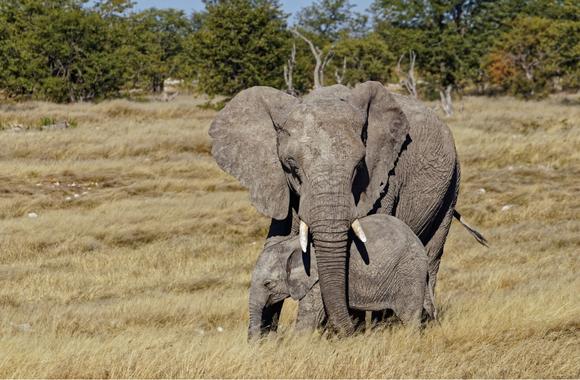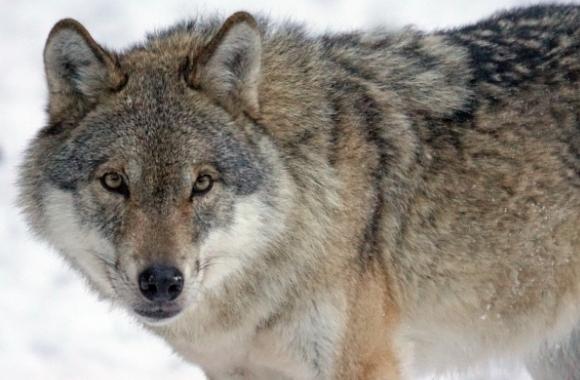How Does the Endangered Species Act Work?
The Endangered Species Act (16 U.S.C. §1531, et seq.) (ESA) is America’s most powerful wildlife conservation and protection law. The ESA is administered by two federal agencies, the U.S. Fish and Wildlife Service and the National Oceanic and Atmospheric Administration. Its primary purpose is to conserve endangered and threatened species and their ecosystems.
A species is listed under the ESA under one of two categories: endangered or threatened.
An Endangered Listing
The ESA designates a species as “endangered” when it “is in danger of extinction throughout all or a significant portion of its range.” (16 U.S.C. § 1532(6)). A species may be endangered by the existence of any of five factors: the present or threatened destruction, modification or curtailment of its habitat or range; overutilization for commercial, recreational, scientific, or educational purposes; disease or predation; inadequacy of existing regulatory mechanisms; or other natural or manmade factors affecting its existence.
A Threatened Listing
A species is listed as “threatened” under the ESA when it is likely to become endangered in the foreseeable future throughout all or a significant portion of its range. Many, but not all, of the protections afforded to endangered species also are available to threatened species. The USFWS has the authority to determine which protections should apply to each threatened species, enabling the agency to select the protections that best meet a species’ recovery needs.
How Are Species Listed Under the ESA?
After a petition is filed to have a species listed under the ESA, the U.S. Department of the Interior has 90 days to determine whether there is “substantial scientific or commercial information indicating that an endangered listing may be warranted.” (16 U.S.C. § 1533(b)(3)(A)).



Latest News and Work
February 11, 2022



